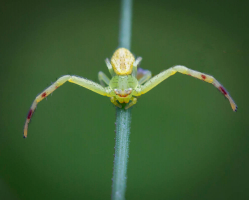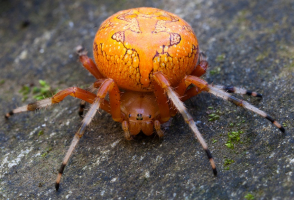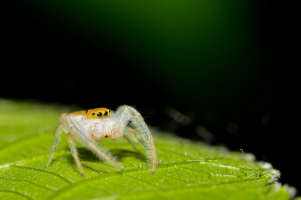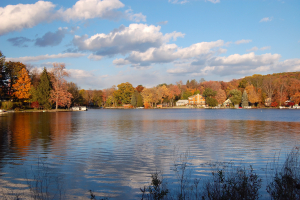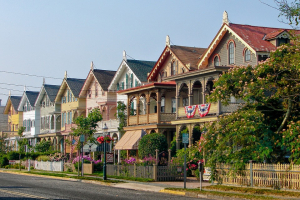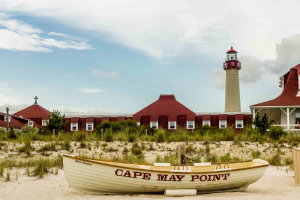Top 10 Most Common Types of Spiders in New Jersey
New Jersey is a state in the Mid-Atlantic and Northeastern regions of the United States. The state is home to many native species of plants and animals, ... read more...including opossums and river otters. New Jersey also has its fair share of spiders. Here is a list of types of spiders in New Jersey, let's find out!
-
The Missing Sector Orb Weaver (Zygiella x-notata), is also known as the silver-sided sector spider. It belongs to the Araneidae family of orb-weavers and is renowned for being solitary. It is widespread over much of the world, including New Jersey, despite being mostly found in Europe. Males normally measure around 7 millimeters in length, while adult females range in length from 5 to 11 millimeters. The characteristic silvery sheen on their abdomens is whence they get their name. Females have dark patterns on the abdomen, and the cephalothorax has a yellowish-brown color.
Of all the spiders in New Jersey, the missing sector orb weaver creates one of the most recognizable web patterns. The top half of the web often lacks a sector. Every day, a missing sector orb weaver will build a new web to capture prey. While you can often find it near human habitats, it rarely bites humans and poses little threat.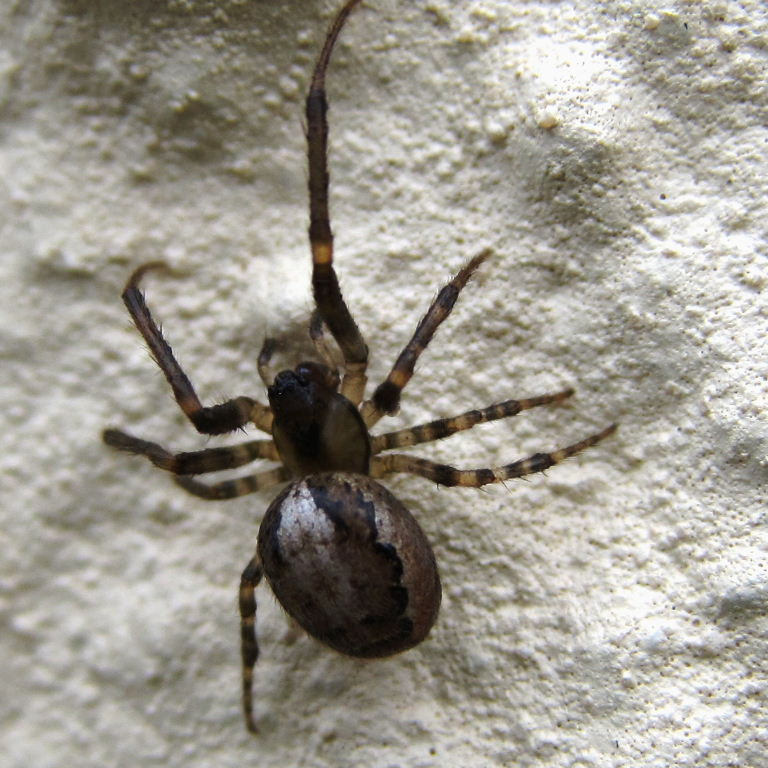
Animal Photos 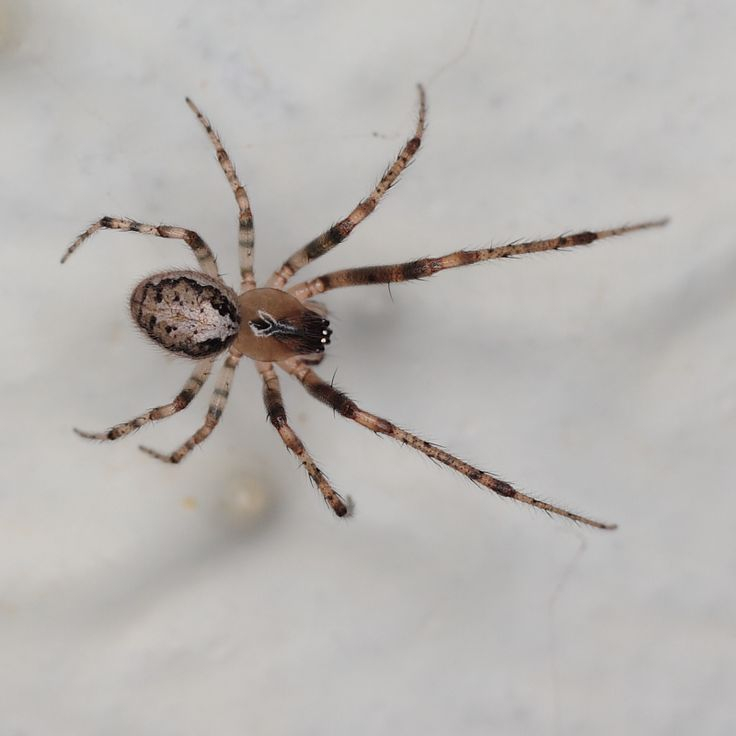
Pinterest -
Xysticus Auctificus is one of several spiders in New Jersey that goes only by its scientific name. It approximately translates to "the growing scraped crab spider" if you tried to translate it into English. It is found all throughout North America and is a member of the crab spider family Thomisidae.
Males only reach adult lengths of 3 to 5 millimeters, while females reach a maximum length of 10 millimeters. They often have shorter, thicker legs than flower crab spiders. They primarily have an orangish-brown appearance, despite the fact that the abdomen is often cream-colored. They also have a faint V-shaped pattern on the cephalothorax and dark markings on the belly. Like other crab spiders, Xysticus auctificus is a hunter who actively pursues prey without the aid of webs. Instead, it moves slowly along the ground or plants and grabs prey that wanders too close before delivering a venomous bite.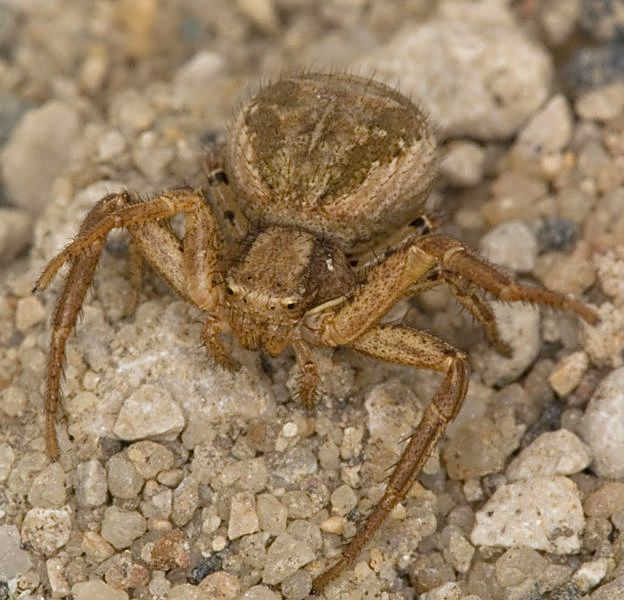
Wikipedia 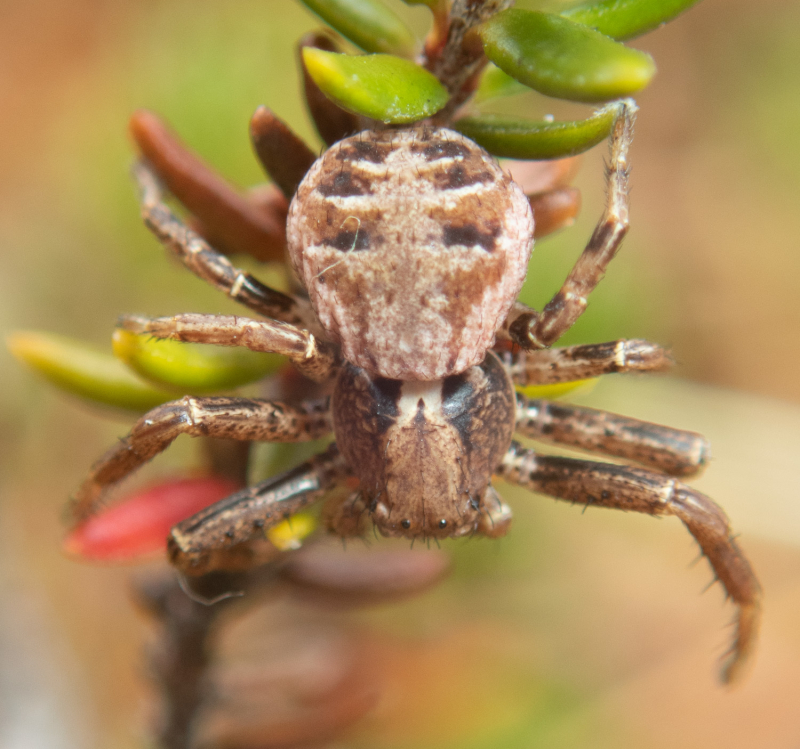
iNaturalist Australia -
Mecynogea lemniscata is more commonly known as the Basilica Orb Weaver. It is one of New Jersey's orb-weaving spiders with the brightest decorations. Although it is primarily prevalent in the east, it also occurs in a few central and western states. Female basilica orb weavers are larger than males and range in length from 5 to 9 millimeters as adults.
The abdomen is not spherical like that of most orb weavers, but rather seems rectangular. The lengthy abdomen has inlays of orange, brown, yellow, and black that are bordered by slender red and white lines on the dorsal side. The carapace, meanwhile, resembles a cat's eye with brown rims, an orange iris, and a black line running down the middle. Although they are Araneidae, basilica orb-weavers create dome-shaped webs to ensnare victims. It's interesting that they simply build new webs when necessary rather than repairing damaged ones. There is no medical significance to their bite.
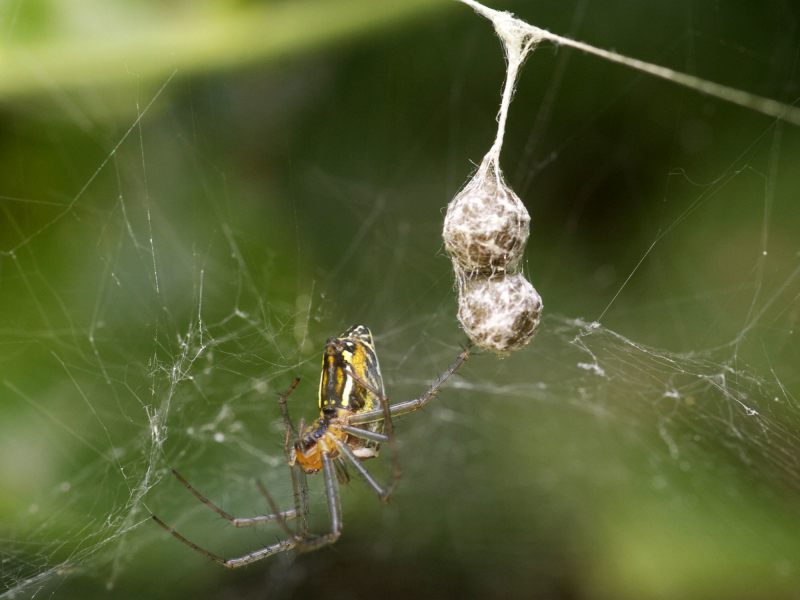
Encyclopedia of Life 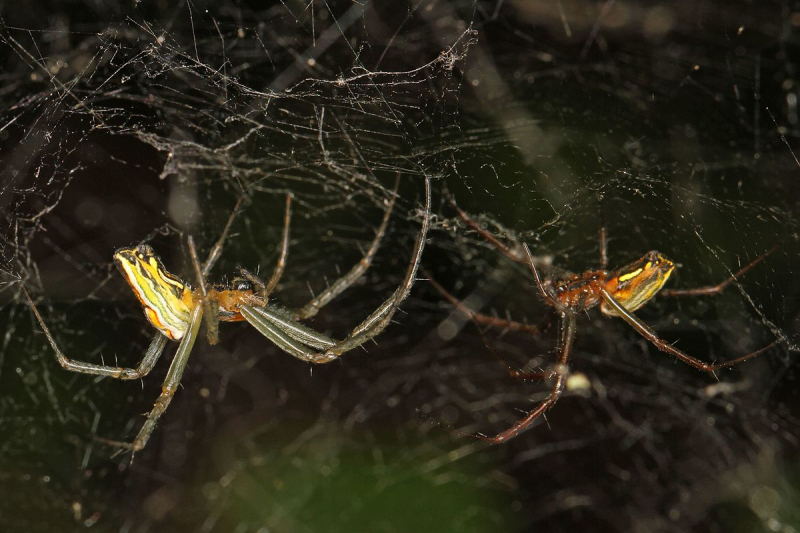
Wikipedia -
The Lycosidae wolf spider family includes the Rabid Wolf Spider (Rabidosa rabida). This huge spider is widespread throughout much of the eastern United States, including New Jersey. Its erratic motions, which give the impression that it is rabid, give rise to its moniker.
Males are about 13 millimeters long and adult females range in length from 16 to 21 millimeters. Some females can grow to a maximum size of 25 millimeters. Except for two dark brown stripes running down the cephalothorax and one dark stripe running down the middle of the abdomen, these spiders have a primarily yellow appearance. Like other members of their family, rabid wolf spiders are active hunters that do not use webs to catch prey. Despite their large size and imposing name, their bite poses little danger to humans.
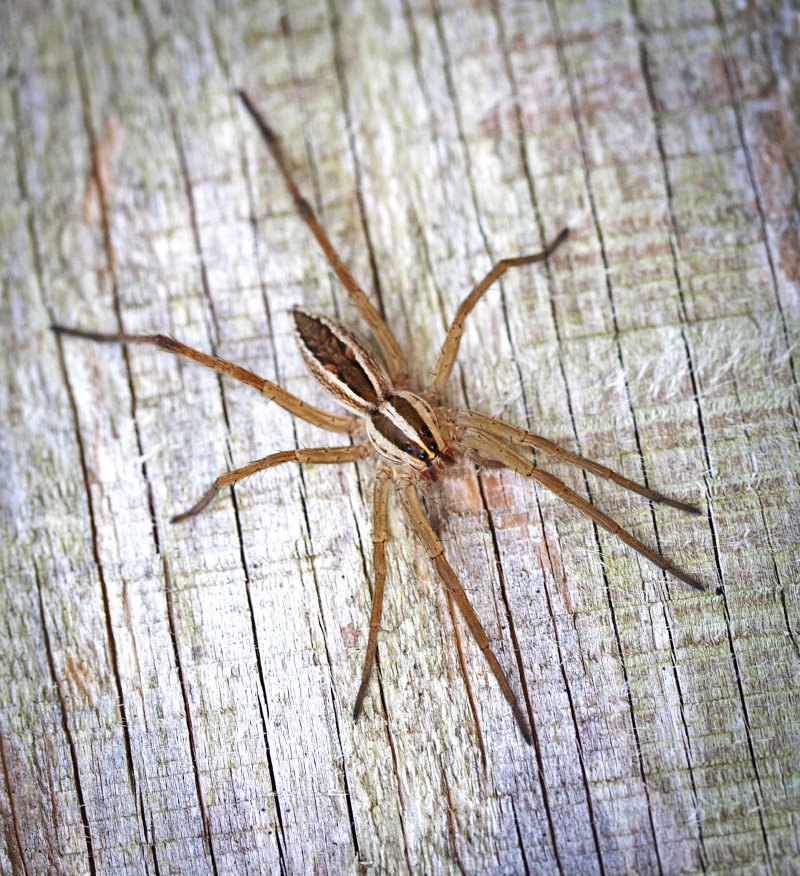
Wikimedia Commons 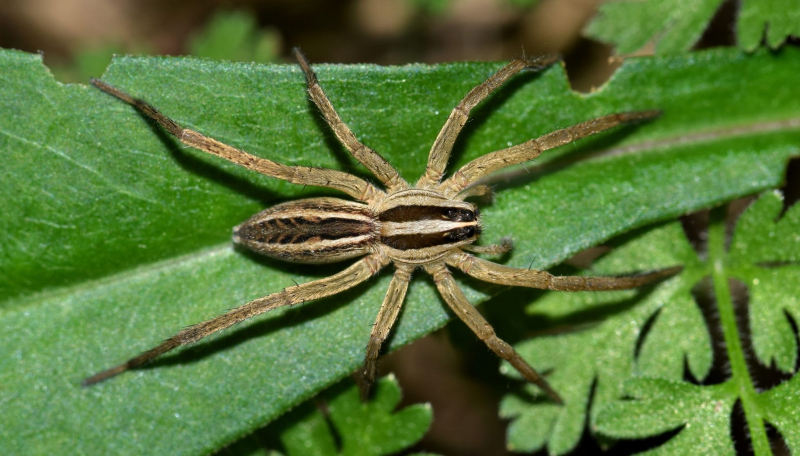
Kidadl -
The Dark Fishing Spider (Dolomedes tenebrosus), belongs to the nursery web spider family Pisauridae. These spiders are widespread throughout much of the central and eastern United States as well as Canada, including New Jersey. Female adults can grow to a maximum length of 2.5 cm. Males, on the other hand, are often only about half that size. Their legs are covered in dark patches and spines, and they have a primarily light brown appearance. Usually, you may recognize them by the distinctive dark W-shaped marks on their belly.
Spiders that hunt at night do not construct webs to capture their prey. Instead, they catch insects and even small fish from the water by using their long legs as fishing lures. Additionally, they have the ability to swim under the water to locate food or run briefly across the water's surface. While they can bite humans, they usually run from people, and their bite is not medically significant.
University of Wisconsin-Milwaukee 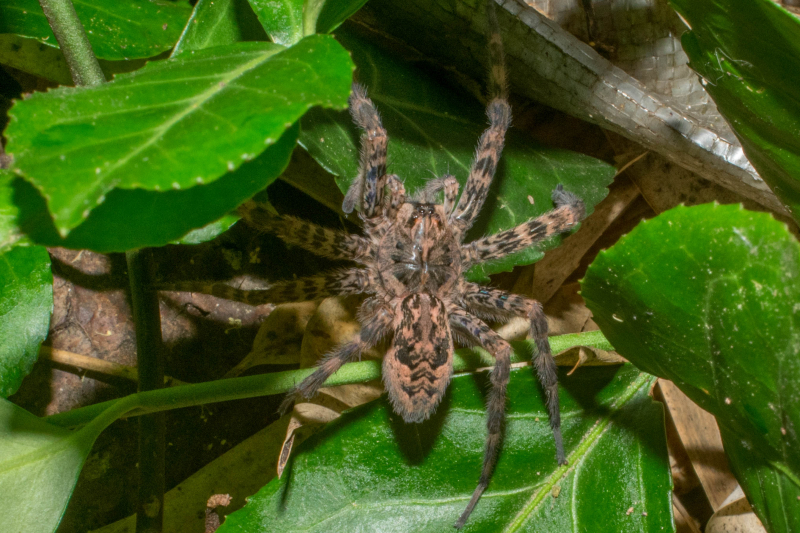
Wikipedia -
The Red-Femured Spotted Orb Weaver, Neoscona domiciliorus, is the third orb-weaver to make a list of spiders in New Jersey. It is endemic to the United States and is primarily present in the east. The term domiciliorus, which is derived from the Latin domiciliorum, meaning "of homes", refers to the fact that you can frequently locate this spider on buildings.
Males are about 8 millimeters long while adult females range in length from 7 to 16 millimeters. Males have relatively short, straight abdomens while females have short, gray hair that covers their bodies. On the back of the abdomen, they have a distinctive bright yellow or white marking. Each leg has a red beginning segment, hence its name, and alternates white and black for the remaining segments. Nighttime hunters known as red-femurs spotted orb weavers utilize their webs to ensnare their prey. While venomous, their bite is not serious.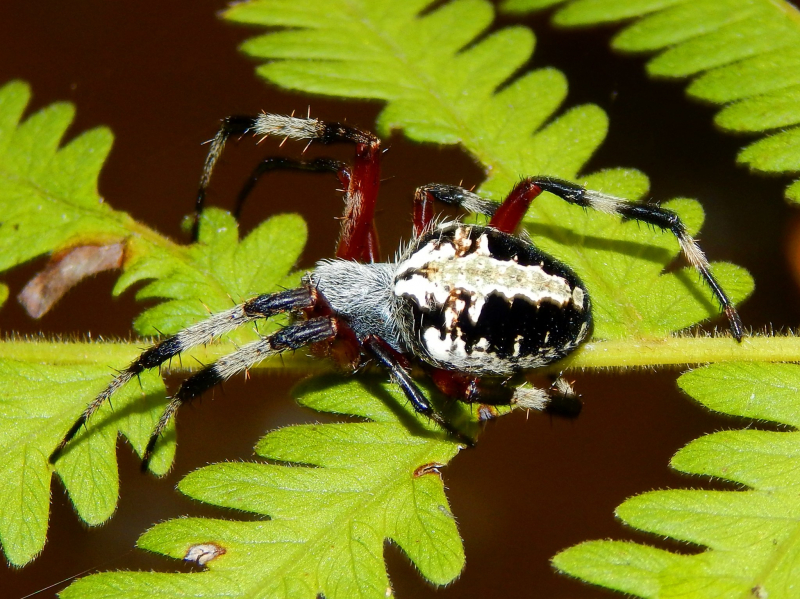
iNaturalist 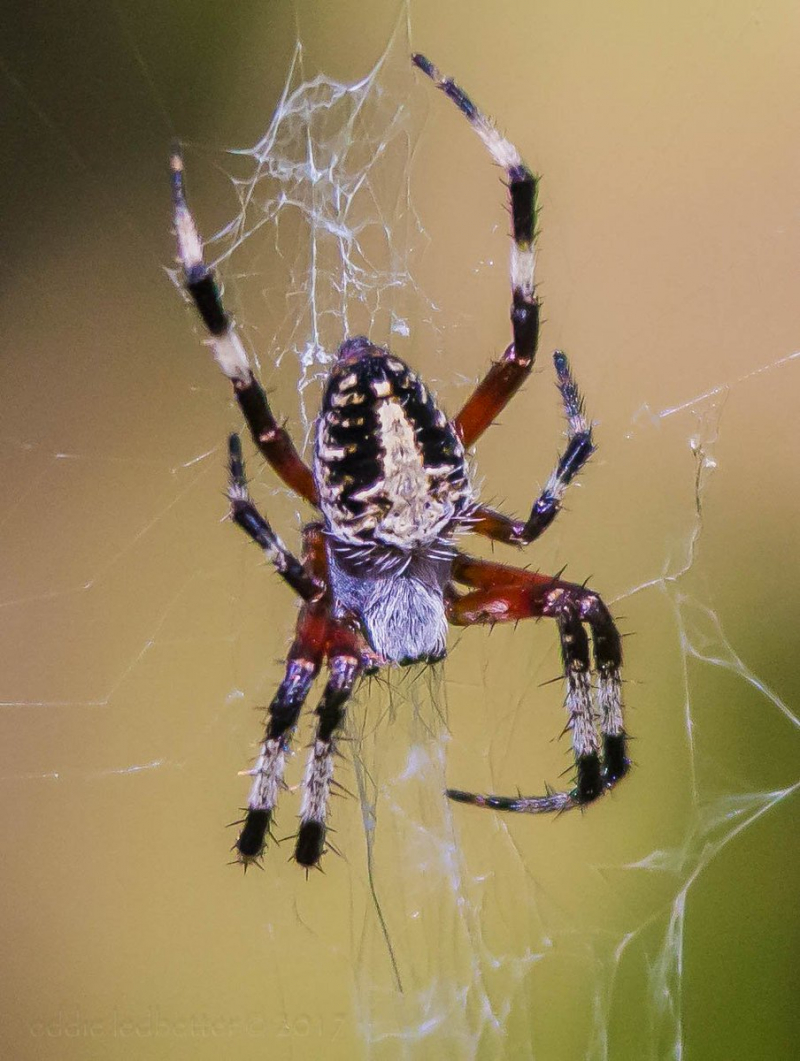
eddieledbetter Twitter -
The Green Lynx Spider (Peucetia viridans), is a member of the lynx spider family Osyopidae. Its range encompasses the West Indies and goes all the way down to Venezuela. One of the biggest lynx spiders in New Jersey is the green lynx spider. The average adult male is slightly shorter than the average female, measuring between 12 and 22 millimeters. Its body is primarily vivid green, as suggested by its name. In spite of this, it has red markings on its flanks and greenish-yellow legs.
Green lynx spiders actively forage for prey rather of weaving webs. They mix in better with leaves and other plants because to their vivid green color. They frequently consume moths and other insects that attack crops. Due to this, many farmers consider green lynx spiders to be useful. Their bite poses little danger to humans.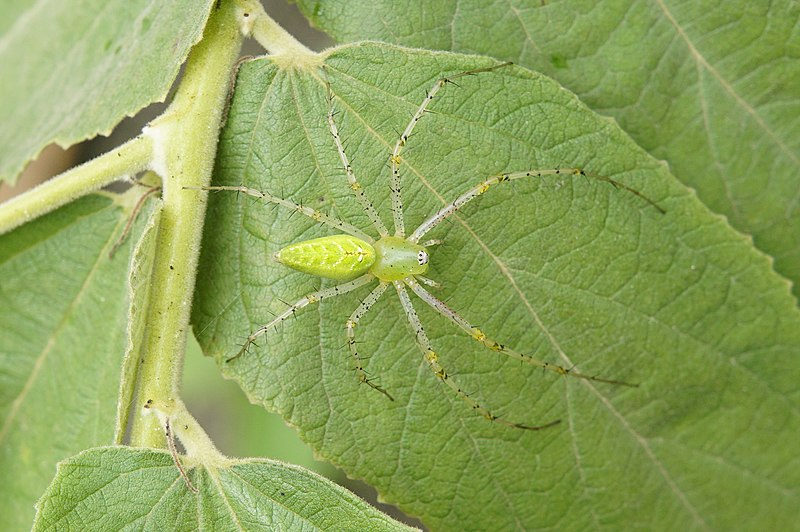
Wikipedia 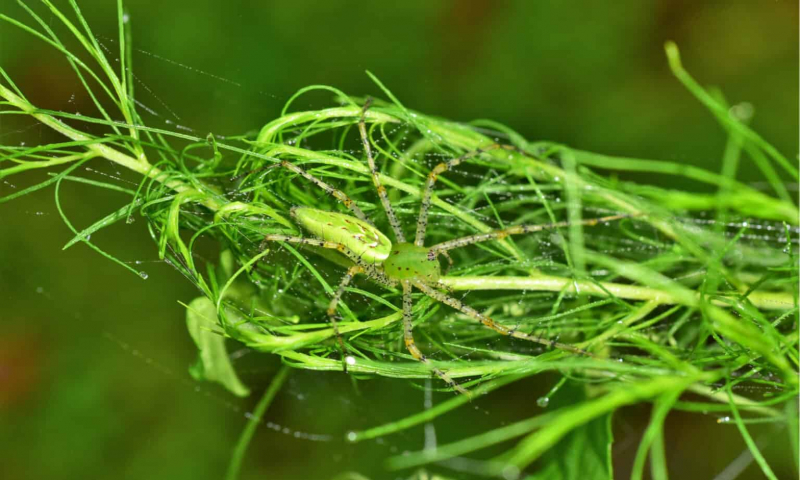
Ken Beard -
The Emerald Jumping Spider (Paraphidus aurantius), belongs to the jumping spider family Salticidae. These vibrantly colored spiders can be found in New Jersey as well as most of the United States and Central America. Male emerald jumping spiders are 7 to 10 millimeters long, compared to the length of females, which ranges from 8 to 12 millimeters. With the exception of a white stripe on either side of the head, males are primarily black in appearance. Females, though, primarily have dark skin with occasional orange markings.
Emerald jumping spiders acquire prey by using their strong jumping skills and excellent vision. They can readily kill and eat insects that are more than double their size due to their strength and size. While fearsome hunters in their own right, they pose little to no threat to humans.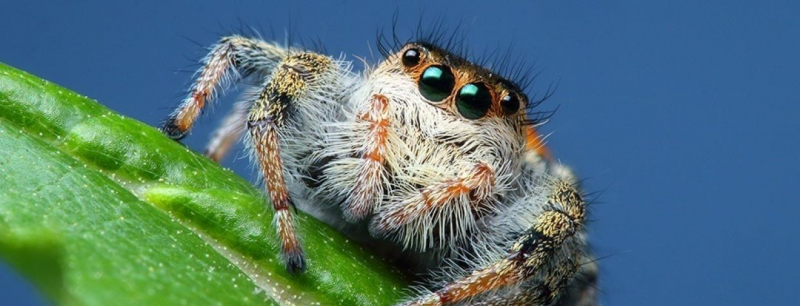
Arizona Highways 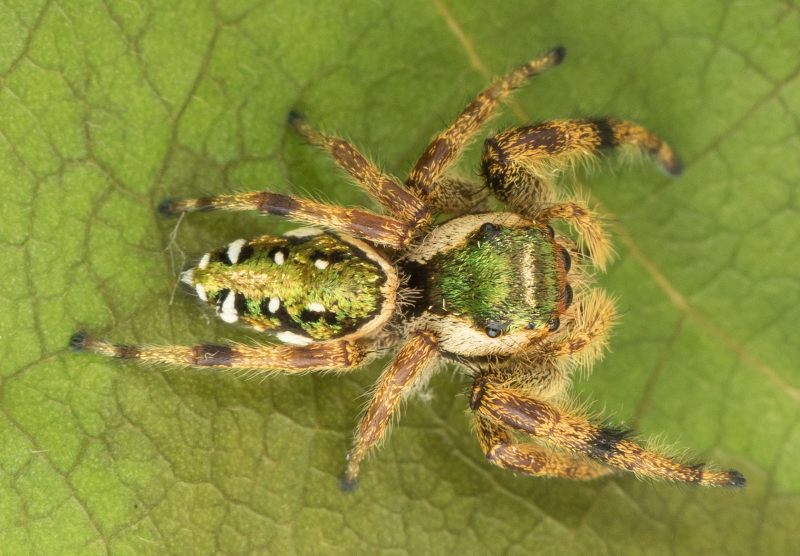
Pinterest -
The Broad-Faced Sac Spider (Trachelas tranquillus), belongs to the ground sac spider family Trachelidae. Most of the central and eastern United States as well as portions of Canada are included in its range. Male broad-faced sac spiders are between 5 and 6 millimeters long, while females range in length from 7 to 10 millimeters. Their abdomen can range in hue from yellow to light grey, while their chelicerae and carapace are reddish-brown in appearance. Their tiny legs seem orange-red in the meanwhile.
Broad-faced sac spiders spend the day in silken shelters, emerging at night to hunt for prey. They frequently consume other spiders and dead insects, unlike the majority of the other spiders in New Jersey. Their bite has the potential to be very painful and can even spread secondary illnesses.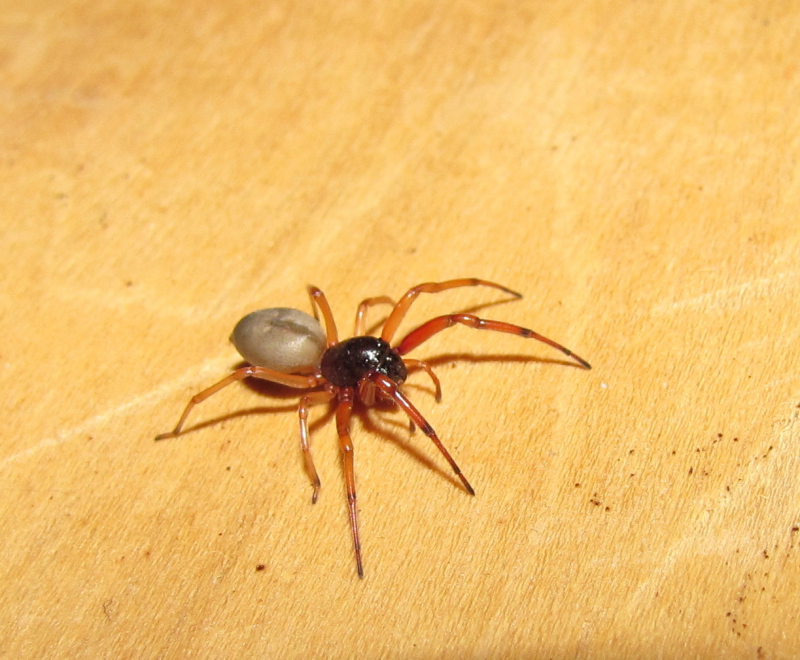
Pinterest 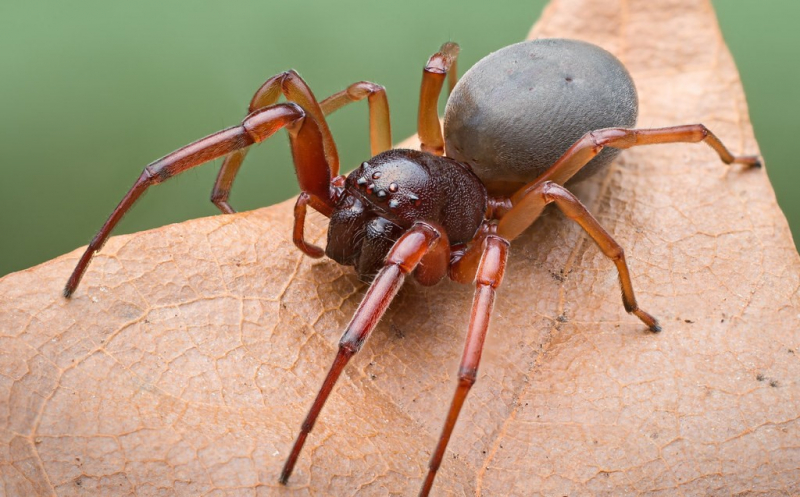
Flickr -
The Northern Black Widow (Latrodectus variolus), belongs to the cobweb spider family Theridiidae. Its extensive distribution over the eastern and northern United States and Canada is implied by its name. Males are 4 to 5 millimeters long in adults, compared to adult females' lengths of 9 to 11 millimeters. They have a mostly black appearance, similar to other widows, with the exception of a tiny red hourglass-shaped marking on the abdomen. The hourglass sign on a northern black widow is not whole, unlike its close cousins, which can be used to tell it apart from other widows.
Due to their strong venom, which can result in latrodectism, northern black widows are among the most dangerous spiders in New Jersey. Injuries from bites frequently cause discomfort, nausea, perspiration, and stiffness of the muscles. It’s a good idea to seek medical attention if you get bitten by a northern black widow.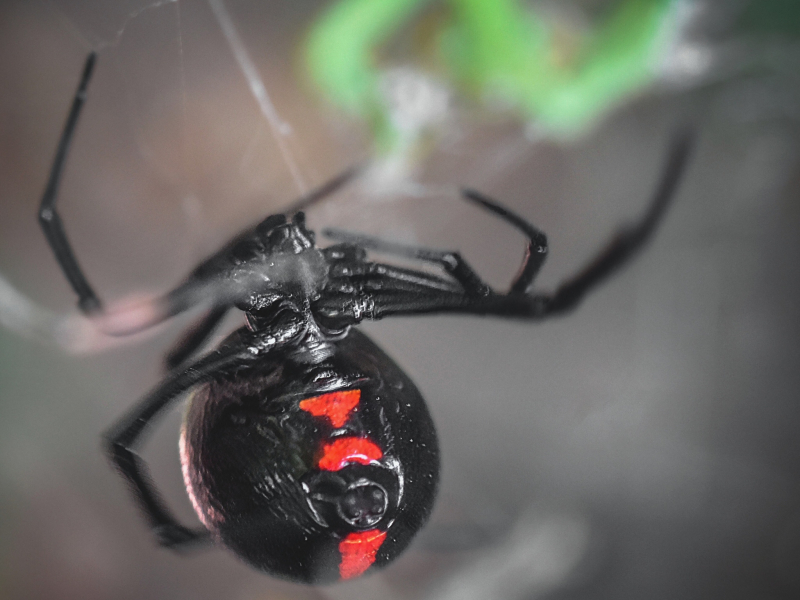
iNaturalist Canada 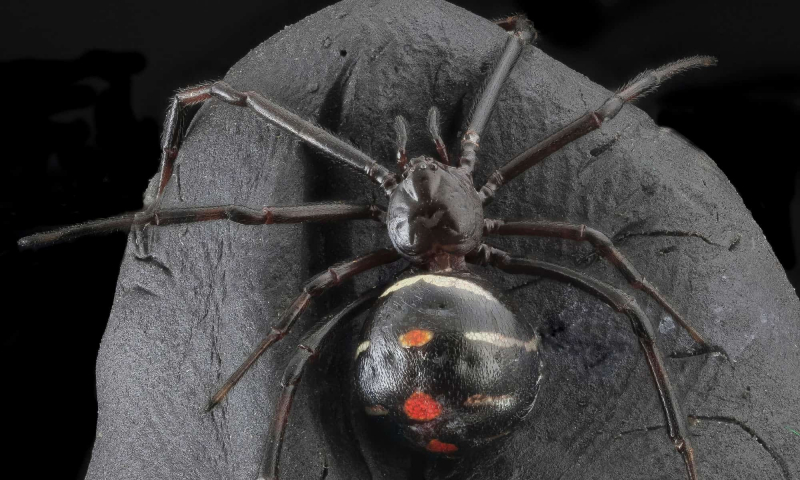
Porco_Rosso












